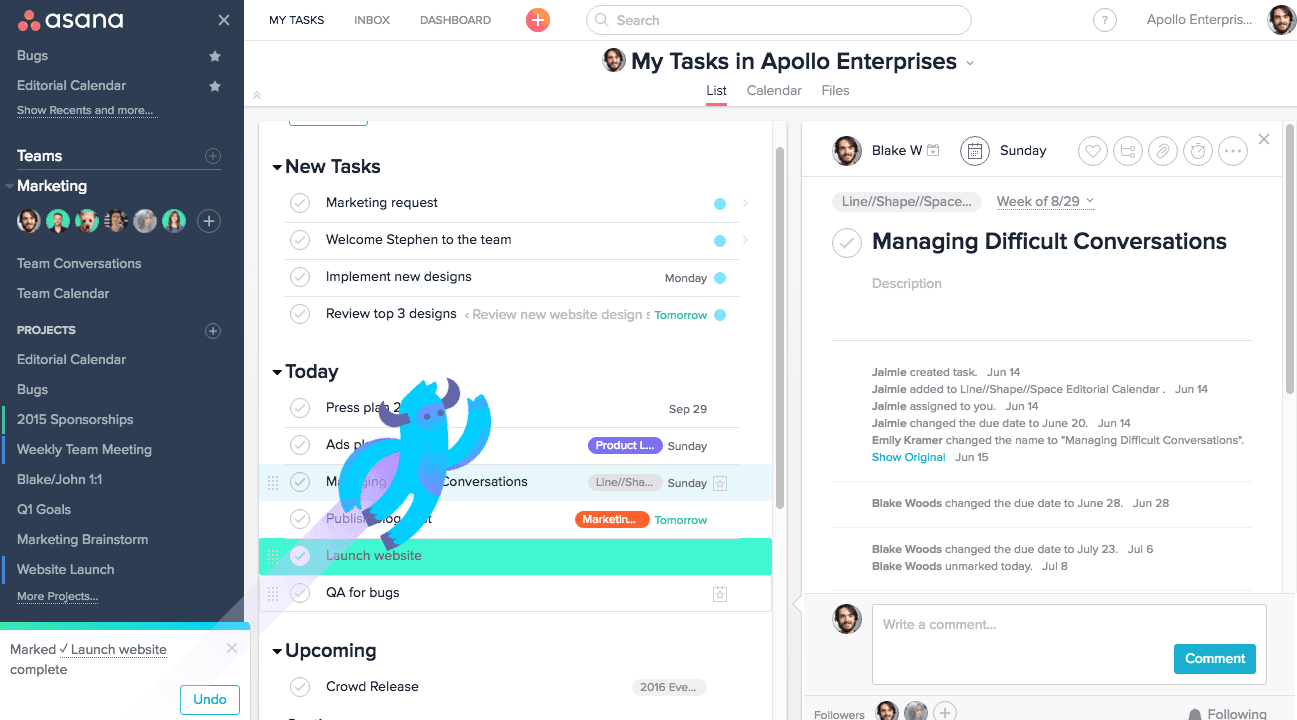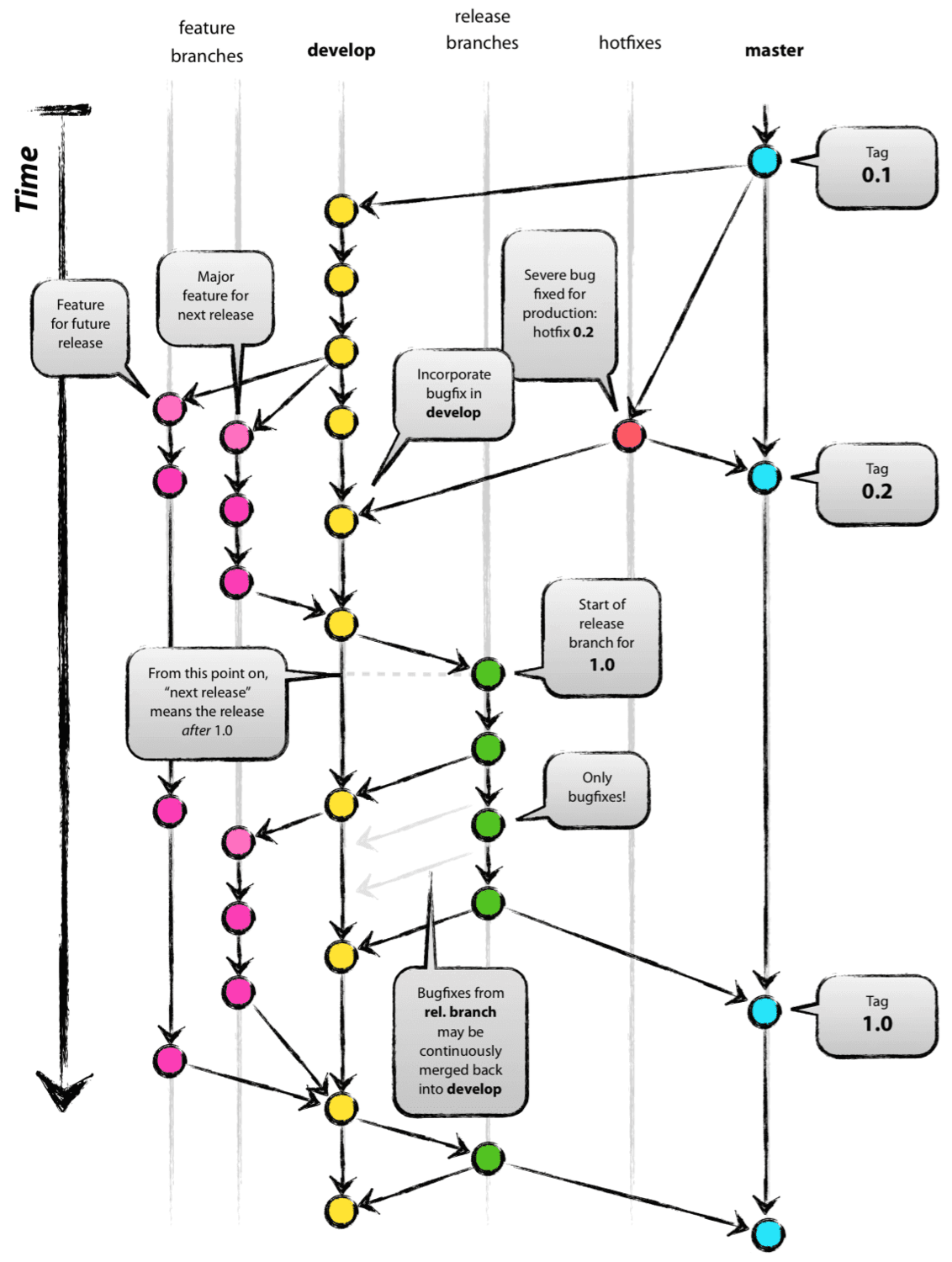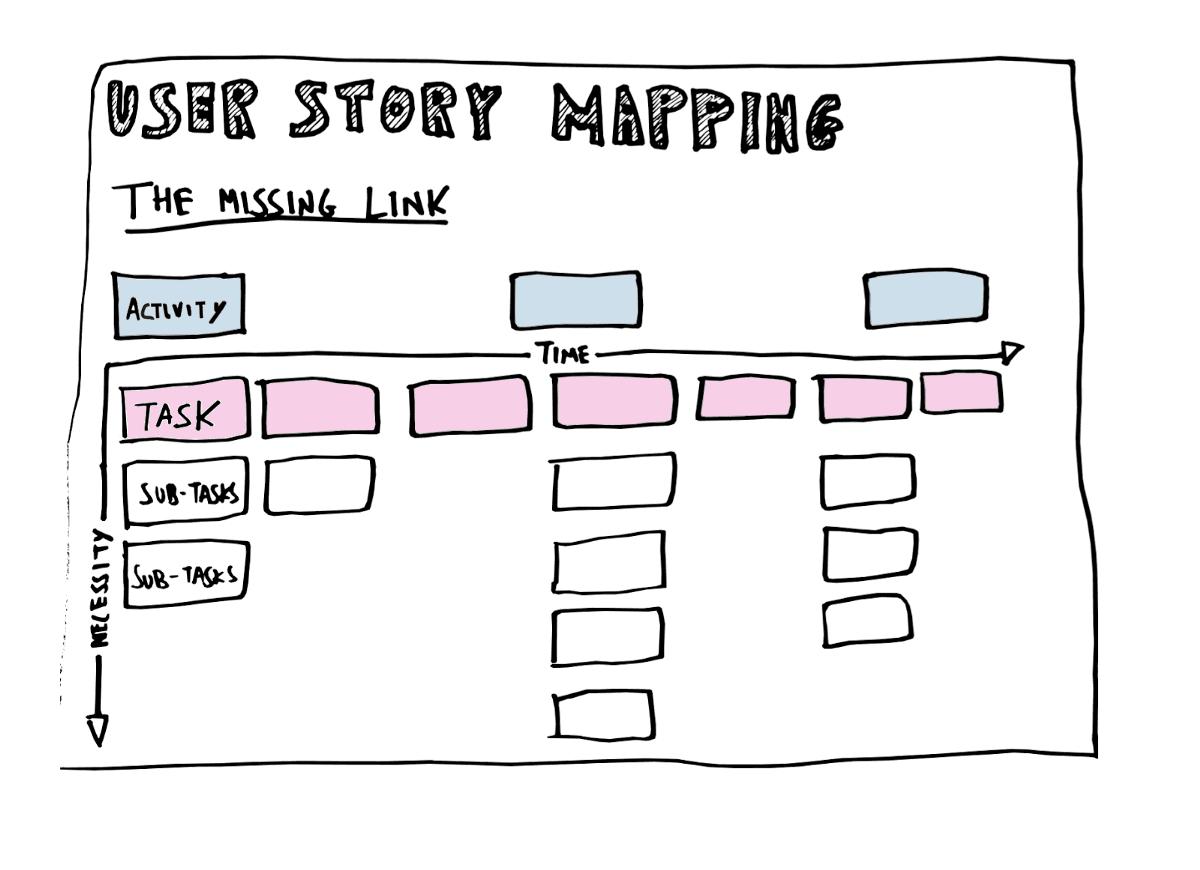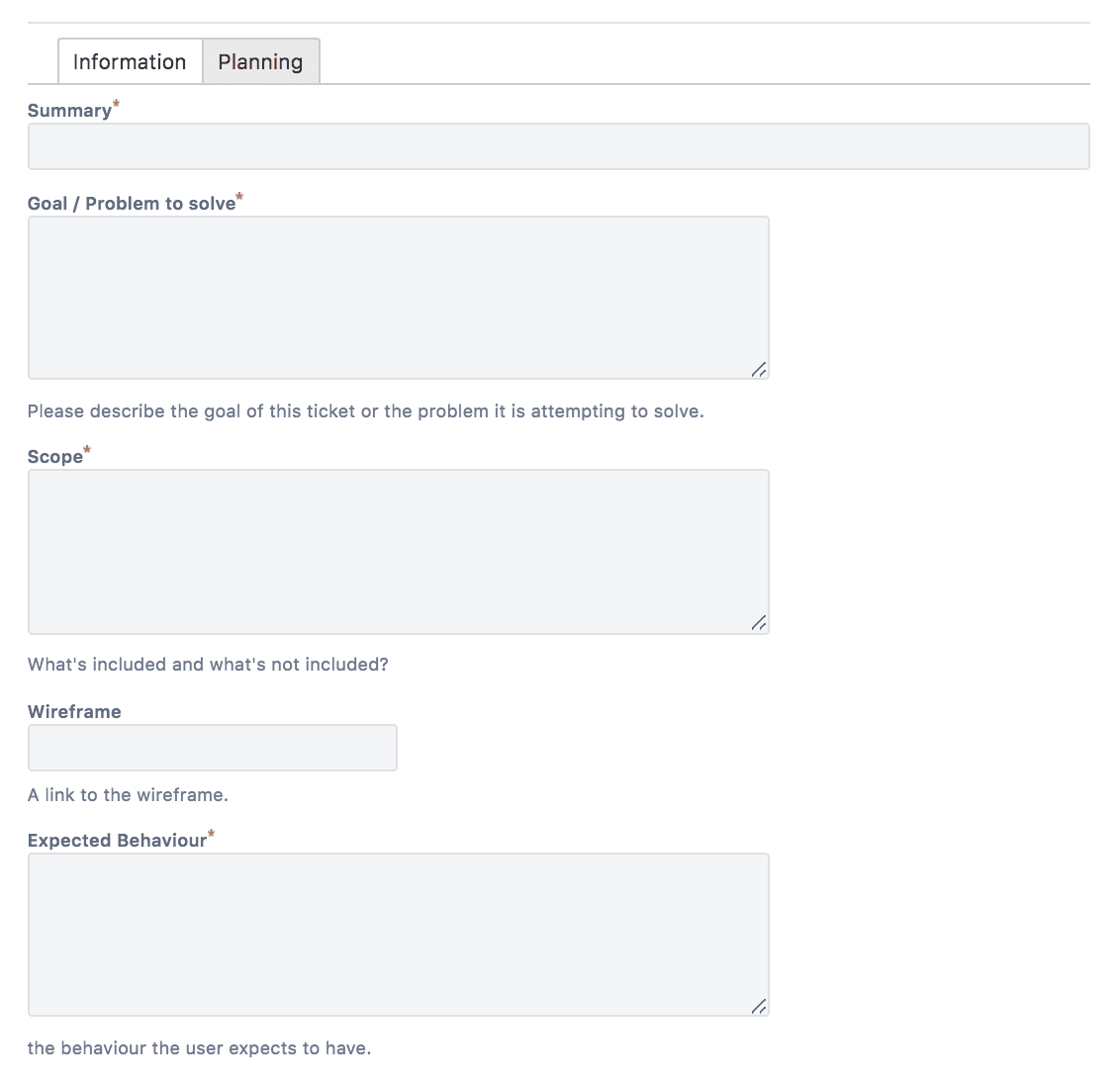How I use images and video to Stand Out while working remotely

I do software development and product management at WaystoCap. I work remotely out of Malaga, Spain, and everyone I work with is in our headquarters in Casablanca, Morocco.

Remote work comes with its own set of challenges. In my opinion, intrinsic motivation is the make or break for remote work. It is not for everyone and if you are more productive in the office with your colleagues then you should work there. I have never had a problem working from anywhere. In fact, I started my career working out of my apartment, building my own startup. I find myself more productive when I am not in an office with colleagues. When I am in the office, a lot of the day is spent chatting with colleagues.
You'll have to figure out what works for you because this post is not about motivation. This post is about taking the external challenges with remote work and turning them into advantages for you and the company you work for.
The biggest challenges I have faced while working remotely is 1. my manager not being able to track my work effectively and 2. lack of "in person" communication can lead to misunderstandings, missed information and lack of interpersonal relationships.
I discovered the power of using content to solve these challenges and I've inspired changes in our company processes because of how effective it has made my communication but also clarity for the organization as a whole.
I will use my own experience to illustrate these ideas but it applies to all roles that have remote work possibilities.
Screenshots / Images
I use screenshots daily to communicate new ideas, resolve ambiguity and confirm work items before I work on them.
Mockups
Quick mockups are my #1 most used tool in my arsenal.
I first create the base mockup using one of the following methods:
- Online editor like CodePen, JsFiddle, or StackBlitz
- Draw on paper
- Modify our existing webpage
Second, I take a screenshot of it (or photo if it's on paper).
Then I open it up on preview and use the annotate tool on Mac to add arrows, step #s and explanation.
Finished product:

It becomes quicker with practice, the above took under 2 minutes to complete. I sent it on a group channel on Slack and added it to our application documentation.
Mockups are not the only way I use screenshots. I use them for so many things. For example:
Existing pages on the internet
Often when building web products, we take inspiration from existing designs. I send screenshots of existing webpages when I can, to clarify changes to an area on our website or when I want to talk about an inspiration from the net.

Aside: I hope one day to use illustrations to make my product more fun like Asana did.
Past Conversations
A lot of discussions happen in one-on-one private chats with individual team members. There are few cases when I will send screenshots:
- I send screenshots of interesting private discussions in group channels for visibility.
- to bring up previous discussions again
- reference discussion in another chat
- when a point was well written before by someone on the team and I want to highlight it
Diagrams
I use diagrams a lot when explaining technical concepts to non-technical team members. Here are some examples:
Architecture

Processes

User Stories

Okay, those last two were grabbed from the internet. I couldn't find any that were not confidential... but you get the idea.
I use any one of these types of images multiple times a day to properly communicate in chat. Any time I think an image could better explain something then I don't hesitate to create one.
Videos
Videos are an even better way to communicate!! Walking through something on video while narrating is usually the most effective way to communicate online.
Although they can be more time-consuming, they become quicker with practice.
Replace meetings
It's not always good to replace meetings but there are a number of reasons why you might want to...
- Meetings can be a waste of time, especially when you multiply that wasted time by the number of people in the meeting.
- It can be difficult to plan meetings with C-level people. I have been in situations where meetings were pushed back over 1 month because of C-levels cancelling last minute.
- Some company cultures (unintentionally) allow for meeting tardiness of 20-30 minutes.
- Finally, you can do multiple takes of your video and upload your best version for the team to watch.
I have had considerable effectiveness replacing a presentation in a meeting by recording a video myself and posting it in group chat. Then Q&A happens in chat for everyone to see... in some ways this is better as everything is written down. In other circumstances, it's better to organize a quick meeting after everyone has seen the video so our time can be spent digging into the details.
Often what happens is I will do a presentation via video in chat, get feedback on it and then send a revised version with clarifications and improvements from feedback. Having the video, allows team members to review it a couple times or always go back to it at a later date.
Introduce new features
When we launch new features (especially on internal tools), they often have a limited scope and functionality compared to the long-term vision of the feature.
Videos can be an effective way to introduce these features by explaining the vision and how to use the current version.
These types of videos generally follow this format:
- Introduce Why?
- Long term vision
- Examples of the problem and how it solves them
- Step-by-step How to use
Confirm feature functionality
I also use video in early stages of development to resolve ambiguous descriptions. Issue descriptions can easily be too vague or ambiguous. For example, quick changes can be requested over chat and inputted as an issue with very little description.
Sometimes I have the change partially implemented and I have uncertainty about a part of it. I quickly make a video of the partial change and narrate the rest. I send this video to stakeholders to confirm, in my case usually CEO or UX.
Bonus... Write things down!!
Here's a bonus tip which seems obvious but is often undervalued until looking back in hindsight: Write things down.
All communication that is NOT recorded and NOT easy to find is data lost.
In a company, the easiest way to mitigate communication issues is by having things written down in public areas where everyone can see.
It's also an insanely effective tool to scale communication in an organization!
When things are not written down then this becomes lost data.
And guess what?!... Most people don't write enough down.
Since you are working remotely, there is a higher chance of communication errors. You need to be the person on your team or your organization that writes the most down.
You need to give your team no reason to think that there are communication issues due to you working remotely.
Issue Descriptions
Write unambiguous issue descriptions, attach screenshots and videos and give a reason why this issue is required.
Influence your team to develop issue templates and require fields if possible. Reject any new issues that are not descriptive enough.
Here's a snapshot of ours:

Be descriptive in chat
If you are working remotely, it's much easier to have miscommunications so be as descriptive as possible in chat in order to communicate clearly.
If you write your assumptions in chat then it gives the opportunity for people to confirm or correct them.
Write a brief summary of conversations that happen through video or voice call, “as discussed, we will implement it this way: … for these reasons: ...”
Everything you write down can be used as documentation in the future.
Write RFCs
RFC => Request for comments, give a chance for people to critique implementations before they are implemented which allows the feedback loop to happen at the idea stage before it gets implemented.
RFCs are used in top tech companies to scale engineering teams.
RFCs provide context and implementation details on a specific topic.
Write them for bigger important features at least 2 sprints before you implement them.
As a remote worker, they really help remove ambiguities or miscommunications before things get implemented, they scale well and they work well with other remote workers.
Conclusion
All communication made through mediums that are permanent is more valuable than communication made via mediums that are not permanent. All communication that is NOT recorded and NOT easy to find is data lost.
Make your remote communication a strength rather than a weakness. Create useful content through images and videos. Write everything down in formatted concise ways.
I use all of the described examples on a daily basis to make me Stand Out while working remotely.
I went over all these examples quickly, if you want me to go into more detail on any of these please ask in the comments and I will as a reply or on another post.